As a new parent, few things are as precious as a good night’s sleep for your baby (and yourself!). Yet, establishing a healthy baby sleep routine can feel like a daunting challenge amidst the whirlwind of parenting. The truth is, the path to a peaceful and restful sleep for both you and your baby lies in creating a consistent and nurturing sleep environment.

In this blog, we’ll explore seven expert-approved tips for creating a healthy and effective baby sleep routine that will bring harmony to your household and leave you with a happy, well-rested baby.
7 Expert Tips for a Healthy Baby Sleep Routine
Consistent Bedtime Rituals
Babies thrive on consistency and familiarity, and bedtime rituals provide the perfect opportunity to establish a calming routine.

Start by creating a soothing pre-sleep routine, which may include activities such as a bath, gentle massage, reading a bedtime story, or singing a lullaby.
Engaging in these activities consistently signals to your baby that it’s time to wind down.
Soothe your baby to Sleep with Rockers & Swings on Jollee. The gentle back-and-forth motion helps calm the baby down and lull them to sleep. Introduce them when your baby has gained sufficient head control, around 4-6 months of age.
Establish a Sleep-Friendly Environment
Creating a sleep-conducive environment is crucial for a healthy sleep routine. Ensure your baby’s sleep space is quiet, dark, and comfortably cool.

Accordingly, consider using blackout curtains to block out any external light, and use white noise machines to muffle any distracting sounds that might disrupt their slumber.
Moreover, ensure that their crib or bassinet is safe and free of any potential hazards.
Create a Safe & Cozy Sleep Environment with Certified Cots & Cradles for your Little One.
Pay Attention to Nap Times
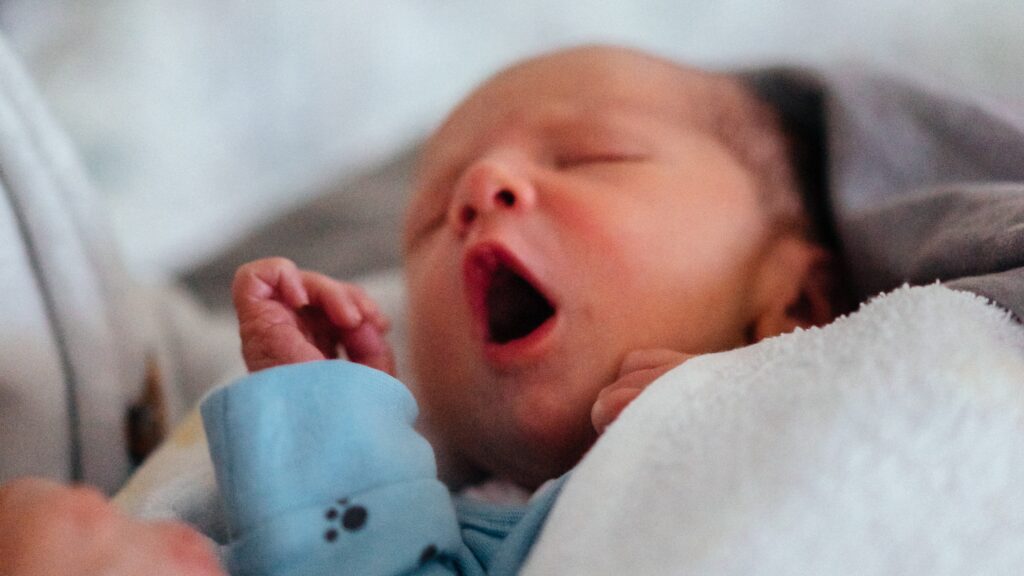
Babies need plenty of sleep, and this includes daytime naps. Pay attention to your baby’s sleepy cues, such as yawning, rubbing their eyes, or becoming fussy, and put them down for a nap as soon as you notice these signs.
Be Mindful of the Associations
While Rocking your baby to sleep might help but it might become unsustainable as they grow older. Instead, encourage self-soothing techniques and help your baby learn to fall asleep independently.
Prioritize a Regular Schedule
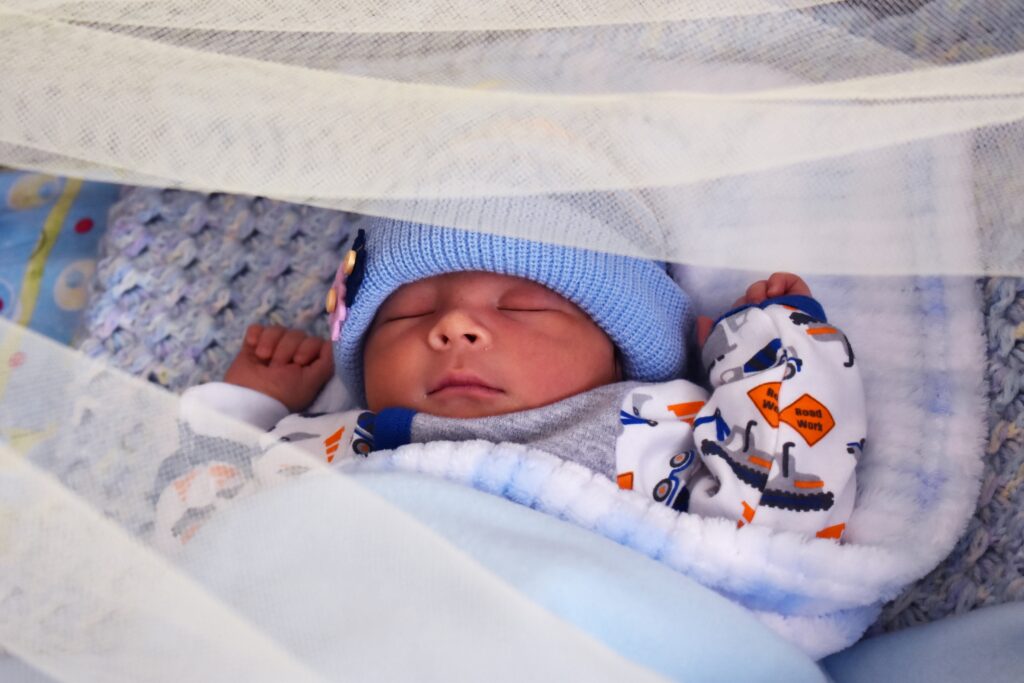
Consistency is key when it comes to establishing a baby’s sleep routine. Try to set a regular schedule for your little one, with a consistent bedtime and wake-up time.
Additionally, maintaining this routine even on weekends and during holidays will help regulate their internal clock.
Watch for Sleep Regression
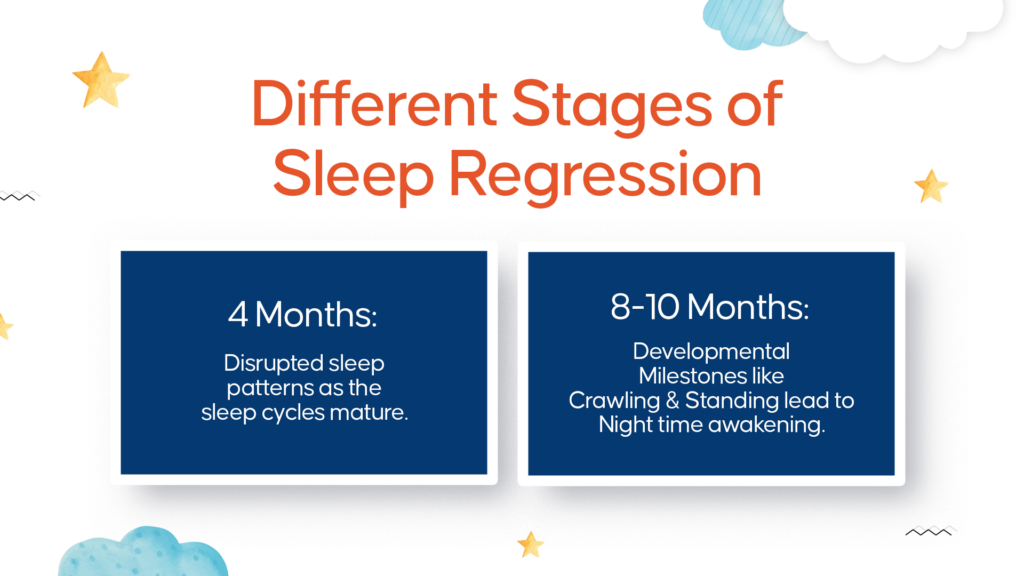
Regression is a temporary setback in your baby’s sleep routine that often occurs during developmental milestones or changes in their routine.
Commonly observed at around 4 months, 8 months, and 18 months, sleep regression can disrupt your baby’s sleep patterns and cause night waking.
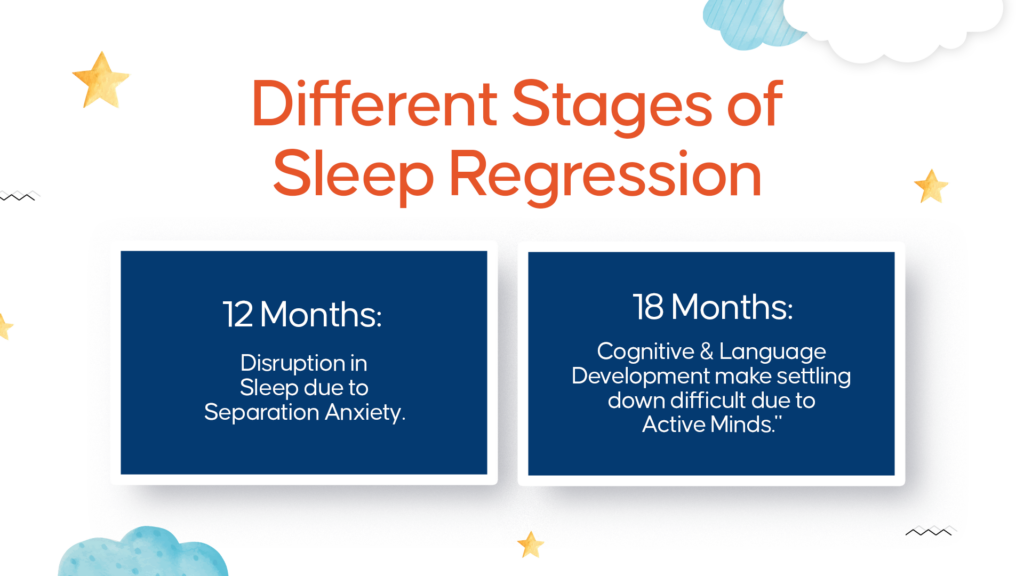
Remember that this is a normal phase, and with patience and a consistent routine, your baby will likely return to their regular sleep patterns.
Be Patient and Flexible
Creating a healthy baby sleep routine may take time, and it’s essential to be patient and adaptable throughout the process. Babies are constantly growing and changing, so be prepared to adjust the routine as needed.
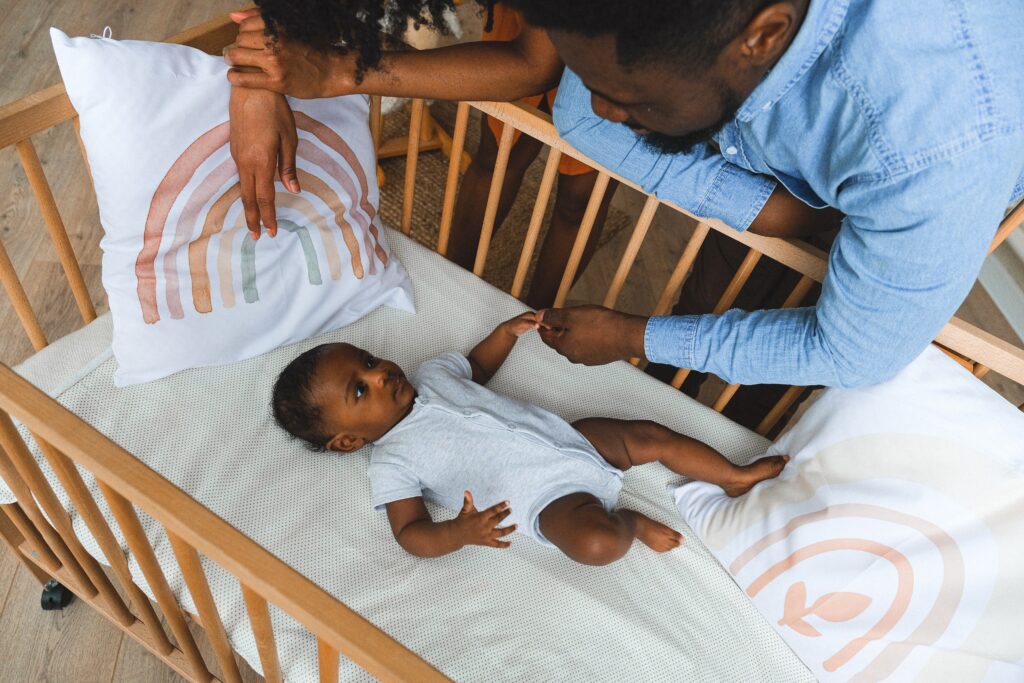
Discover more Baby Gear and Certified Essentials on Jollee
Things to Remember about Baby Sleep Routine
As you embark on this beautiful journey of parenthood, mastering the art of a healthy baby sleep routine will undoubtedly be one of the most rewarding achievements.
Your little one’s well-being and development depend on the quality of sleep they get, and with these seven expert-approved tips, you’re well-equipped to create a nurturing and calming sleep environment.
Finally, remember that every baby is unique, and what works for one may not work for another. Be patient, be flexible, and most importantly, be present in these special moments with your child.
For more Tips, Check Out: Jollee’s Blog
Discover More Parenting Content on Jollee’s ParentHub






